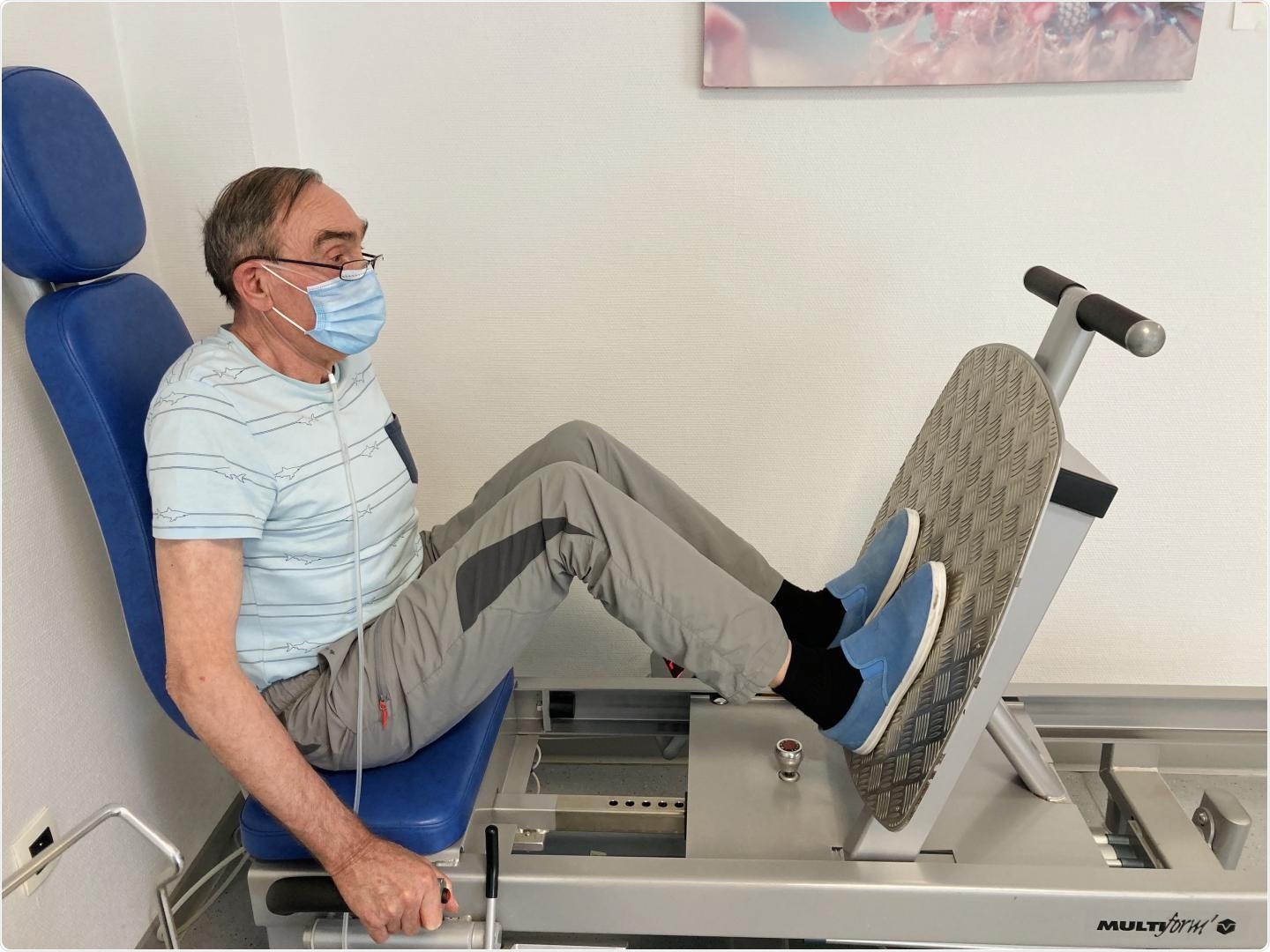The coronavirus pandemic has now spread across the entire globe, infecting at least 27.1 million people and has now taken over 883,000 lives. More than 18 million have already recovered, but some patients report long term effects on the organs.
Now, a team of researchers at the University Clinic in Innsbruck in Austria has found that the long-term lung and heart damage in coronavirus disease (COVID-19) patients who recovered tend to improve over time.
Presented at the European Respiratory Society International Congress, the study evaluated if the long-term lung and heart damage patients experience after being infected with the severe acute respiratory syndrome coronavirus 2 (SARS-CoV-2), the virus that causes COVID-19 disease, will improve.
The researchers, who presented their study findings to the virtual congress, reported that on the first 86 patients who were enrolled between April and June. The study has over 150 patients participating to determine what happens after recovering from the infectious pathogen.

COVID-19 patient undergoing muscle training for rehabilitation. Image Credit: Pulmonary rehabilitation centre Dieulefit Santé
Persistent COVID-19 symptoms
The team scheduled the patients to return for evaluation at 12 weeks and 24 weeks after being discharged from the hospital. The team evaluated the patients' conditions using clinical examinations, laboratory testing, CT scans, heart echocardiograms (ECG), and analysis of the amounts of oxygen and carbon dioxide in arterial blood.
At six weeks, the researchers have found that 65.9 percent of patients manifested persistent COVID-19 symptoms, including cough and shortness of breath. About 88 percent of the study population had lung damage seen in their CT scan results. However, by the time of their next visit at 12 weeks after discharge, the symptoms had improved, and lung damage dropped to 56 percent.
Improving over time
More than half of the discharged patients reported persistent breathlessness and coughing. By the 12-week visit, the patients reported improved symptoms, such as reduced breathlessness. About 39 percent reported they are still having shortness of breath, and 15 percent were still coughing.
The team tested for lung function, which included the FEV1, which measures the amount of air that can be exhaled forcibly in one second, the DLCO, which tests how well oxygen passes from the lungs into the bloodstream, and the FCV, which measures the total volume of air expelled forcibly.
All these measurements improved between six- and 12-weeks follow-ups. At six weeks, 23 percent of the patients showed FEV1 levels less than 80 percent of normal, improving at 12 weeks to 21 percent of the patients. About 28 percent of the patients showed FVC levels as less than 80 percent of normal, improving to 16 patients or 19 percent. Further, 28 of the patients exhibited DLCO as less than 80 percent of normal, which improved to 19 patients at 12 weeks.
"The bad news is that people show lung impairment from COVID-19 weeks after discharge; the good news is that the impairment tends to ameliorate over time, which suggests the lungs have a mechanism for repairing themselves," Dr. Sabina Sahanic, who is a clinical PhD student at the University Clinic in Innsbruck, said in a statement.
The team also noted the CT scan results of the patients and found that the overall lung damage was reduced from eight points at six weeks to just four points at 12 weeks. Also, the fluid and inflammation damage in the lungs triggered by SARS-CoV-2 infection that shows as white patches and ground glass improved. At six weeks, the ground glass patches were seen in 88 percent of the patients, but it declined to 56 percent of the patients in 12 weeks.
In terms of the ECG results of the patients, the results showed that 58.8 percent of the patients had left ventricular dysfunction at six weeks. Other biological indicators of blood clot formation, inflammation, and heart damaged were elevated.
The researchers noted that in the study population, they did not see any severe coronavirus-associated heart dysfunction in the post-acute phase. However, diastolic dysfunction observed improved over time.
"The findings from this study show the importance of implementing structured follow-up care for patients with severe COVID-19 infection. Importantly, CT unveiled lung damage in this patient group that was not identified by lung function tests. Knowing how patients have been affected long-term by the coronavirus might enable symptoms and lung damage to be treated much earlier and might have a significant impact on further medical recommendations and advice," Dr. Sahanic explained.
Pulmonary rehabilitation
Another study from France presented in the same virtual congress showed that patients with severe COVID-19 who underwent pulmonary rehabilitation early in their recovery process were tied to improvements in lung capacity, muscle strength, fatigue, balance, and certain risk factors of depression and anxiety.
"These findings suggest that doctors should start rehabilitation as soon as possible, that patients should try to spend as little time as possible being inactive and that they should enroll with motivation in the pulmonary rehabilitation program. If their doctors judge it to be safe, patients should start physical therapy exercises while still in the hospital's pulmonary ward," Yara Al Chikhanie, a PhD student at the Dieulefit Santé clinic for pulmonary rehabilitation and the Hp2 Lab at the Grenoble Alps University, France, said.